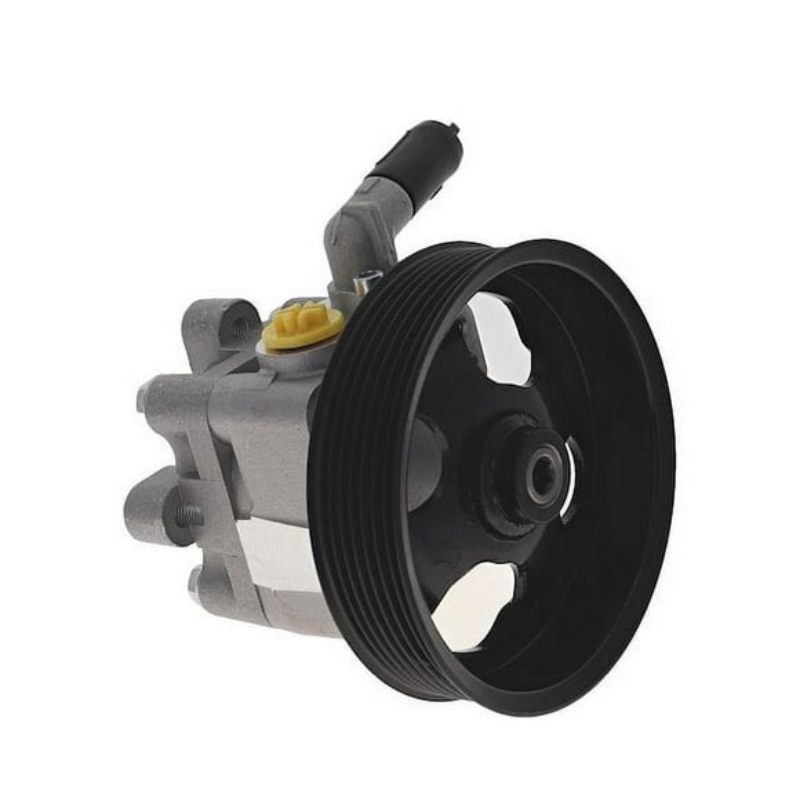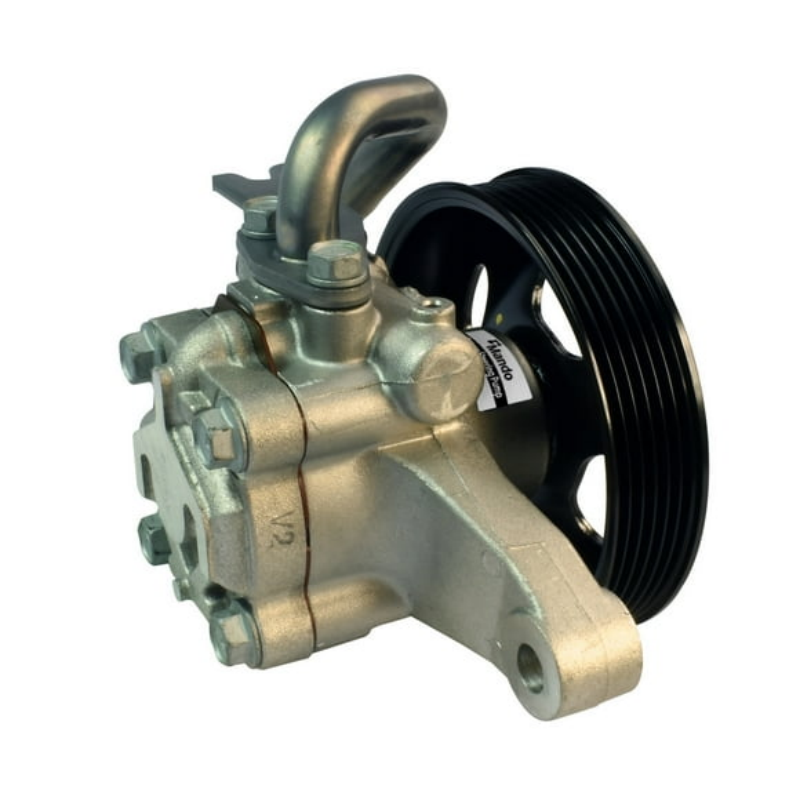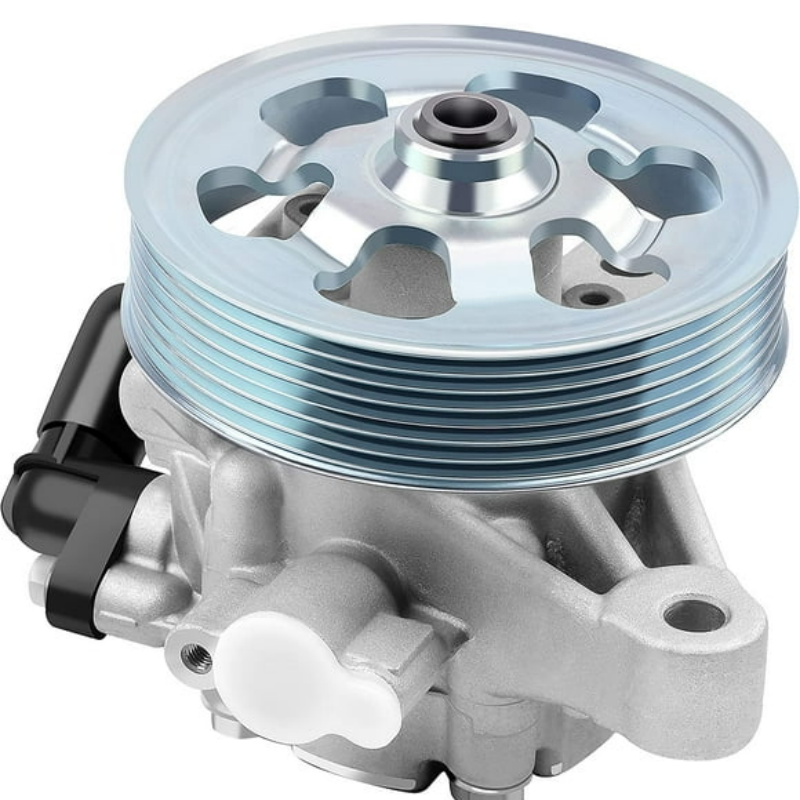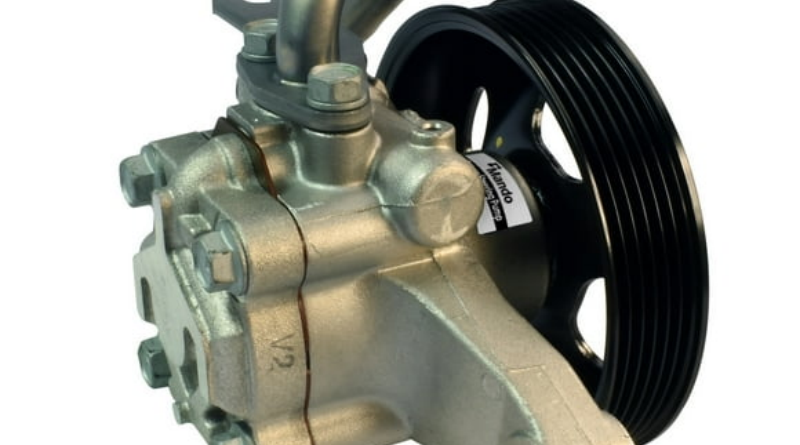Understanding the Importance of Service Power Steering Drive
The service power steering drive is a critical component in any modern vehicle, making driving safer and more comfortable. This system enhances the vehicle’s handling by reducing the amount of effort required to steer, especially at low speeds or when parking. However, like other mechanical components, it requires regular maintenance and servicing to function optimally. Failing to service the power steering drive may lead to diminished performance, handling issues, or even a complete failure of the system. Understanding how the service power steering drive works, and recognizing the symptoms of potential problems, can help you take proactive steps to ensure a smooth driving experience. In this detailed article, we will explore the workings of the power steering drive, its common issues, maintenance requirements, and the importance of addressing problems promptly to keep your vehicle running efficiently.

The Basics of Power Steering Systems
To understand the significance of service power steering drive, it’s essential to grasp how power steering systems operate.
Function of Power Steering
Power steering systems are designed to assist drivers in turning the steering wheel, making it easier to navigate both at slow and high speeds. They work by using hydraulic or electric actuators to augment the force applied by the driver.
Types of Power Steering
There are mainly two types of power steering systems: hydraulic power steering and electric power steering. Hydraulic systems employ fluid to generate pressure that assists steering, whereas electric systems utilize electric motors to provide assistance.
Importance of Power Steering
The power steering system is crucial for vehicle safety and driver comfort. A well-serviced power steering drive ensures smooth maneuvering, reduces driver fatigue, and provides better control of the vehicle, especially when navigating tight turns or parking.
Common Symptoms of Power Steering Problems
Recognizing the symptoms of power steering issues is vital to maintaining the service power steering drive. Early detection can prevent further damage and more costly repairs.
Difficulty Steering
One of the most common signs of power steering trouble is difficulty turning the steering wheel. If you find that steering requires considerable effort or feels stiff, it could indicate low fluid levels or a problem with the steering pump.
Noisy Steering
If you hear whining or squealing sounds when turning the wheel, the service power steering drive might need attention. These sounds often signify a leak or an issue with the pump.
Vibrations or Pulling
If your vehicle pulls to one side or experiences vibrations during steering, it could indicate alignment issues, worn-out components, or fluid problems in the steering system.
Fluid Leaks
One clear sign of trouble is fluid leaks under the vehicle. If you notice reddish or yellow fluid pooling beneath your car, it’s essential to check the power steering system for leaks.
Warning Lights
In newer vehicles, dashboard warning lights may indicate an issue with the steering system. Pay attention to alerts, especially those specifically related to steering or fluid pressure.
The Importance of Regular Maintenance
Regular maintenance is key to keeping your service power steering drive in optimal condition. Routine checks can help identify potential issues before they escalate into more significant problems.
Fluid Level Checks
Maintaining the correct fluid level is crucial in the power steering system. Low fluid can result in insufficient assistance during steering, leading to more significant issues. Check the fluid level regularly and top it up as needed.
Fluid Condition Monitoring
Not only is fluid level essential, but the condition of the fluid is vital as well. Power steering fluid should be clear, with no contamination. If it appears dark, murky, or has a burnt smell, it’s time for a fluid change.
Inspecting Hoses and Connections
Regularly inspect the hoses and connections for cracks, leaks, or signs of wear. Damaged components can lead to fluid loss, affecting the performance of the service power steering drive.
Pump Performance Evaluation
The steering pump is a crucial component of the power steering system. Regular assessments can help detect issues early, ensuring that the pump provides adequate pressure and operates smoothly.
Alignment and Steering Linkage Checks
Any irregularities in alignment or the steering linkage can adversely affect the power steering. These components should be routinely checked, especially if you experience unusual handling or steering behavior.

Signs Your Power Steering Needs Immediate Attention
Some symptoms require immediate attention to avoid permanent damage to the service power steering drive.
Persistent Whining Noise
A constant whining noise when turning indicates an urgent need for attention. This could suggest a failing power steering pump or low fluid levels. Ignoring this issue can result in pump failure and costly repairs.
Steering Wheel Vibration
If the steering wheel begins to vibrate during driving, it’s crucial to investigate further. This can indicate air trapped in the system or a malfunctioning part that requires immediate servicing.
Loss of Power Steering Assistance
Complete loss of power steering assistance is a clear indication that something is wrong. If you suddenly find it significantly harder to steer, avoid driving the vehicle and have it serviced immediately to diagnose and repair the underlying issue.
Fluid Accumulation in the Engine Bay
If you notice any power steering fluid inside the engine bay, it suggests a leak or an issue with a component. Addressing leaks promptly can prevent further complications within the steering system.
Temperature Indicators
Overheating components related to the power steering system can present risks. Should you notice any unusual temperature readings or an emitting smell that suggests excessive heat, have the system inspected right away.
Professionals: When to Seek Help
Knowing when to seek professional assistance for your service power steering drive is crucial for maintaining vehicle safety and performance.
Consulting a Mechanic
If you experience any of the previously mentioned symptoms, it’s wise to consult a mechanic promptly. These experts can provide a comprehensive evaluation of the steering system and help identify the root cause of any issues.
Routine Inspections by Experts
Utilizing professional services for regular inspections is essential. Certified mechanics possess the tools and expertise to check various components thoroughly.
Additional Diagnostic Tools
In many cases, mechanics utilize advanced diagnostic tools to pinpoint the issues affecting the power steering system. These tools can reveal hidden problems that may not be immediately apparent during a visual inspection.
Preventative Maintenance Plans
Consider enrolling in a preventative maintenance program with a trusted mechanic. Regular, scheduled inspections can help ensure your service power steering drive remains in good health.
Staying Informed on Recalls
Stay informed about manufacturer recalls pertaining to your vehicle’s steering system. Sometimes, components may be faulty, and addressing these recalls promptly can save you time and money.
How to Service Power Steering Drive Yourself
While some issues require professional assistance, there are maintenance tasks you can perform yourself to enhance the lifespan of your service power steering drive.
Changing Power Steering Fluid
Learn how to flush and replace old power steering fluid. This simple task can significantly improve the responsiveness of your steering system.
Inspecting and Replacing Hoses
Get familiar with the components of your power steering system. Regularly checking hoses for signs of wear and replacing them at the first signs of damage can prevent leaks and costly repairs.
Checking Filter Conditions
Some power steering systems are fitted with filters. If applicable, check the filters for clogs and replace them as needed to maintain optimal fluid flow.
Learning Basic Diagnoses
Educate yourself on the basics of diagnosing power steering issues. Understanding common signs of problems can empower you to act quickly and call a professional when necessary.
Utilizing Repair Manuals
Consider acquiring repair manuals specific to your vehicle model. These resources can provide step-by-step instructions for inspections and maintenance procedures tailored to your service power steering drive.

Conclusion
Maintaining the service power steering drive is integral to ensuring your vehicle’s optimal performance and safety. Understanding the system’s functions, regularly monitoring its components, and addressing issues promptly can significantly impact the driving experience. A well-functioning power steering system enhances vehicle responsiveness, provides better control, and contributes to a more enjoyable driving experience.
Choosing to adopt a proactive approach to power steering maintenance fosters a deeper connection with your vehicle, ultimately preserving its longevity and reliability. Regular inspections, attentive care, and prompt issue resolution are keys to enjoying a smooth and safe ride. As the importance of your service power steering drive cannot be overstated, take charge of your vehicle’s upkeep and enjoy the benefits of a well-maintained system in every journey.
